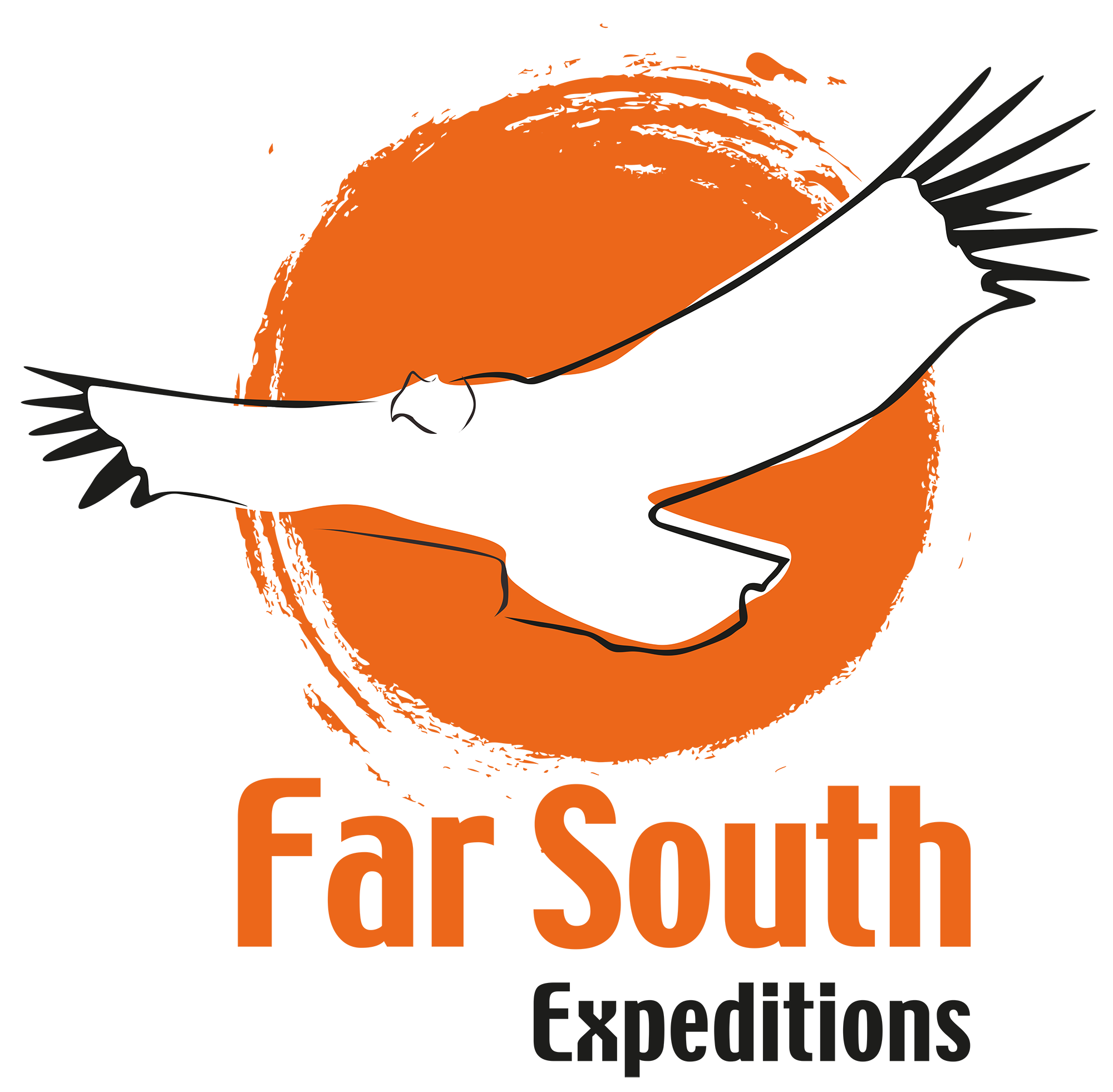The Altiplano (or High Andean Plateau) is a demanding montane life zone, which mostly comprises the Bolivian highlands, the southern fringes of Peru and the northernmost Andean regions of Chile. Its height averages about 3,750 meters (12,300 feet).
The climate of the Altiplano has two major seasons: a long dry season (from April to November) and a fairly short wet season (from November to March), when most of the rainfall occurs. In the southern Altiplano (northern Chile and Bolivia), the figures are around 15 cm (6 inches) of rainfall.
The highest temperatures during the summer are measured in late November, reaching 20 degrees C (68 degrees F) during daytime and falling to near -15 degrees C (5 degrees F) at night. During the winter, June to August, mean temperatures reach as high as 13 degrees C (55 degrees F) and fall to -11 degrees C (12 degrees F) at night.
Strong winds are common in the Altiplano, reaching up to 90-100 km per hour (60 miles per hour). They may be blowing every day and are usually stronger in the afternoon.
The ultraviolet radiation is 20 percent greater in the Altiplano than the radiation at sea level.
Due to the high altitude, any visitor use to live at sea level must slowly acclimatized and physiologically adapt to this high and dry environment, with low levels of oxygen. Part of the precautions would be to be properly hydrated, avoid alcohol and move around slowly. We strongly suggest to read some and learn more about the High-Altitude Travel & Altitude Illness.



